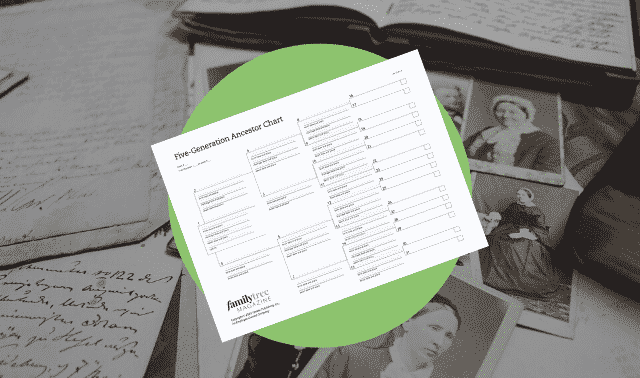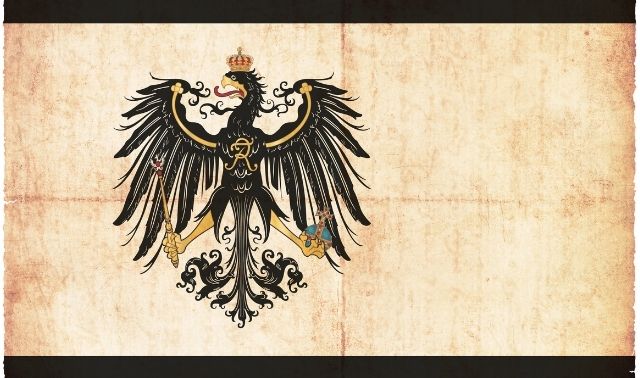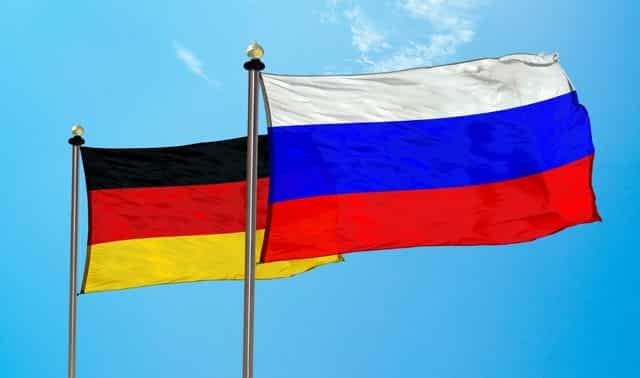Sign up for the Family Tree Newsletter! Plus, you’ll receive our 10 Essential Genealogy Research Forms PDF as a special thank you.
Get Your Free Genealogy Forms
"*" indicates required fields

Q: As a young man, I remember my grandfather saying he was a White Russian. I’ve heard a few references to White Russia, but nothing that explains what it means. Can you help?
A: A White Russian isn’t just a tasty cocktail made from coffee liqueur, vodka and cream. For Eastern European genealogists, this term has its origins in the country known as Belarus, formerly called Byelorussia or White Russia.
Red, White and You
In the 18th and 19th centuries, the term “White Russian” described ethnic Russians living in the area between Russia and Poland (today this includes Lithuania, Ukraine, Belarus, Latvia and Moldova). By the 1920s, the term was more commonly used for Russians who’d opposed the Bolshevik Revolution and supported the imperial government. More specifically, it meant those who fought against the Soviet Red Army in the Russian Civil War (1918 to 1921).

This usage derived from the royalist opponents of the French Revolution, known as the “Whites” because they adopted the white flag of the French Bourbon dynasty. Although smaller than the Red Army, Russia’s White Army was better equipped and had an abundance of czarist officers, some of whom offered to serve as ordinary soldiers. The White Army had two main bases, in the south and in Siberia. Ultimately, the White Russians owed their defeat largely to internal quarrels and their refusal to grant land reforms in areas they controlled.
Pinpointing the Place
Before you begin genealogical research, consult historical and contemporary maps, atlases and gazetteers (which show the towns and political jurisdictions of a specific country) to gain a sense of place when searching for record—particularly helpful since borders and political jurisdictions in Russia have changed frequently. Check resources such as The Palgrave Concise Historical Atlas of Eastern Europe (Palgrave Macmillan), the David Rumsey Historical Map Collection, JewishGen’s Gazetteer and the Foundation for East European Family History Studies Map Library.
Finding Military Records
You might be able to locate military service records for your relative. Generally, the Russian State Military History Archive in Moscow (Rossiiskii gosudarstvennyi voenno-istoricheskii arkhiv or RGVIA; 107005, Moscow, ul. 2-ia Baumanskaia, 3; +7 499 261-20-70; rgvia@mail.ru) holds these; but most are for officers. Research will be much easier if you know which branch of service the person was in, and if you have a photograph of him in uniform.
Getting archives to respond to requests is often hit-or-miss, as most aren’t staffed to do research for clients. Your best bet is to hire a professional researcher who’s familiar with the archives and the language. Be sure to ask for references and check credentials before hiring a pro. You could look for one through the Association of Professional Genealogists member directory or a service like Russian Ancestry Research Services.
Related Reads
A version of this article appeared in the December 2006 issue of Family Tree Magazine.








